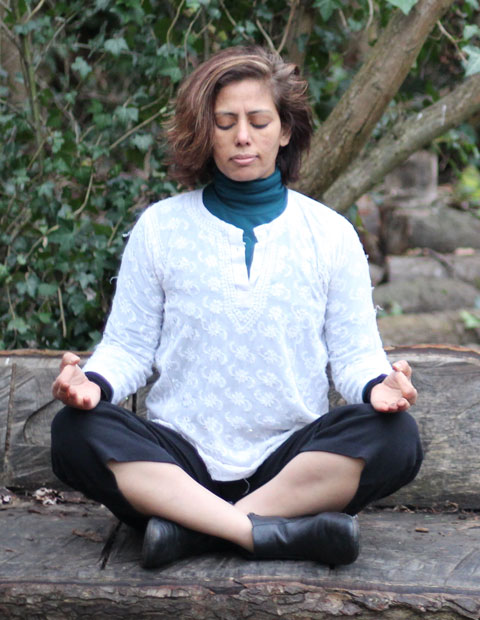
22 Jan How should yogic breathing be performed?
Here is a quick guide to how should yogic breathing be performed:
The Best Position for Yogic Breathing
To begin Yogic Breathing, we first need to stand in a suitable position. Our feet should be slightly apart, back straight, head erect and our arms hanging loosely by our sides. We should maintain our balance throughout without becoming stiff or creating any unnecessary tension in our muscles. As this stance evenly distributes muscular stress throughout the body it is considered the ideal position for many breathing techniques.
Breathe through the nose not the mouth
When Yogic Breathing our mouth should remain closed. Although this means that air must enter the body through the nostrils this fact is disregarded. We must imagine the air to be entering the body at a point high up in the back of the throat called the pharyngeal area. By using our imagination in this way, we can become more aware of our breathing and exert more control over the passage of air.
Inhalation
When breathing in we should consciously follow the path taken by the air. It often helps if we imagine the air to be coloured as it passes the pharynx, and then the larynx, to travel down our trachea into the bronchi on the way to our lungs.
Our lungs should be filled right from the very bottom, right to the very top. If we imagine the air being coloured it should be easier to visualise each lung filling up, starting at the bottom and progressing upwards until full.
We should make every inhalation as deep and prolonged as possible while keeping our shoulders down until the lungs are full. When our lungs are full, we will need to raise our shoulders in order to facilitate a further intake of breath. It is important at this point that we only allow a very small amount of movement in our shoulders and after a short pause we should begin breathing out.
We must always be cognisant of the importance of allowing the diaphragm to expand during inhalation. This will allow for the displacement of internal abdominal organs brought about by the action of the diaphragm. Conversely during exhalation, we must place emphasis on allowing the depression of the diaphragm area to assist replacement of the abdominal organs.
Exhalation
When exhaling everything should be performed in the reverse order of inhaling. During exhalation we should visualise the lungs emptying from the top and all the way down to the very bottom. Our outgoing breath should be mentally followed on its journey up the trachea into the pharynx, and the imagination should, this time, be used to give the illusion of the breath leaving the body at the pharyngeal area.
Close the eyes
Until we become fully accustomed to it, our eyes should be closed when we practice Yogic Breathing. This will aid us in using imagination and visualisation techniques mentioned earlier. In the beginning Yogic Breathing should be practiced in a very deliberate way. Despite that it should still be as smooth and relaxed as possible.
When to perform Yogic Breathing
The best time to perform Yogic Breathing is at the beginning and end of every session of Yoga practice. The exception to this rule is when we are so well acquainted with Yogic Breathing that we can perform it automatically without conscious control.
I hope you enjoyed this explanation of how should yogic breathing be performed.

No Comments